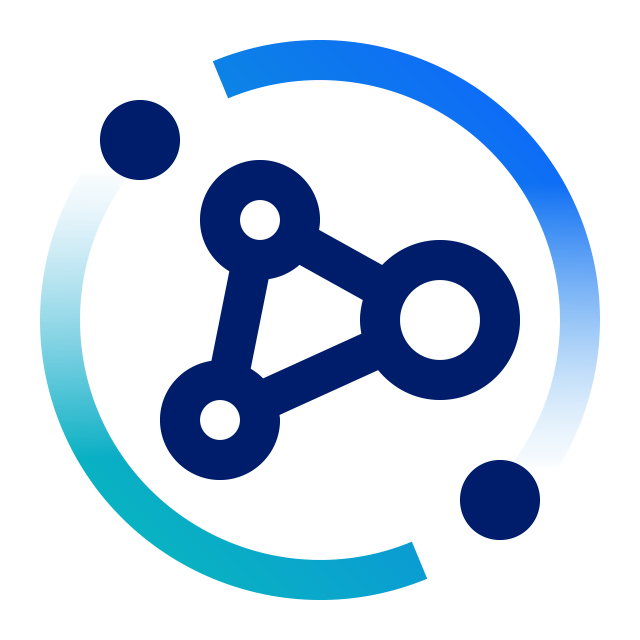We use IBM API Connect for the external gateway for integration, and it is for multiple customers with the external button.

IBM API Connect - Full lifecycle API management
IBM SoftwareExternal reviews
External reviews are not included in the AWS star rating for the product.
Along with good support, it is a powerful and comprehensive tool for building APIs
What is our primary use case?
What is most valuable?
IBM API Connect is a tool that helps enterprises to build an API for an enterprise. But we use it for user experience and channel integration. We use the features of building the APIs for the experience. API is exposed to different channels like mobile channels, automatic channels, portal channels, and different channels. We use the solution's management capability to define monetization and have different plans used to control IBM API Connect. So we use the full-fledged API management tool, especially for the development, monetization, publishing, and installation parts. Also, it's all deployed on an OpenShift platform.
What needs improvement?
There are two disadvantages to the solution. Firstly, the pricing model, when compared to other open sources, is high. Secondly, the availability of resources in the market, specifically the developers available in the market, is not so much. So, the aforementioned areas need to be considered for improvement.
For how long have I used the solution?
I have been using IBM API Connect for five years. My company has a partnership with IBM. Also, I am using the solution's latest version.
What do I think about the scalability of the solution?
We are working with the big and the medium businesses.
How are customer service and support?
The support is good and active. I rate the technical support a nine out of ten.
How would you rate customer service and support?
Positive
How was the initial setup?
The installation is not easy. However, on a traditional VM, it is acceptable. It can get complex since it's required to have multiple components deployed, and I think it is necessary to have the technical experience to do a global configuration for production. You need some access to get the benefits of the enterprise and the platform. Also, such things are expected because the solution is an enterprise-grade player. For such a tool to have the benefits of stabilization to support the high demand of workloads, it should have a robust configuration. That is why it's not a simple configuration. I'm talking about the big enterprise, not the medium or small enterprises. It's not suitable for medium, small, and micro-enterprises because the cost of setup and the solution, along with the license, may not be suitable for small businesses.
The solution is deployed on the cloud and on-premises. Sometimes it's private, and at times it's both also. So, you have one public and a private cloud.
The deployment can take up to two to three weeks, and I am saying this considering previous projects, connectivity, and deployment, so I am talking about the time taken to build the environment.
What about the implementation team?
What other advice do I have?
The solution is a very, very powerful tool. It has many, many capabilities, apart from it having many, many adapters and integration with the backend to provide you with a comprehensive portal development portal application. This comprehensive portal application can be used by the developers of API since API is a fast and powerful tool. In addition, the analytic part of the tool provides you with full analytics and defines SLA for the APIs, and you can generate the analytics to get statistics about the utilization of API, which most people use. This tool is very, very comprehensive and very, very beautiful. It's very easy to use. And in addition to that, it is an API management tool deployed on an OpenShift platform to give you the capability of containerization for sustainability and agility. So, it's part of the tool.
Overall, I rate the solution a nine out of ten.
Turbulent journey which started with the inception of v2018 and continuing with v10 LTS releases.
Industry standards adoption and adherence to RFC
Ease in API development and allows customized policy flows when compared to other API manangement solutions
OAI 3 standard adoption is delayed when compared to other API management solutions .
Quick Adoption of industry standards